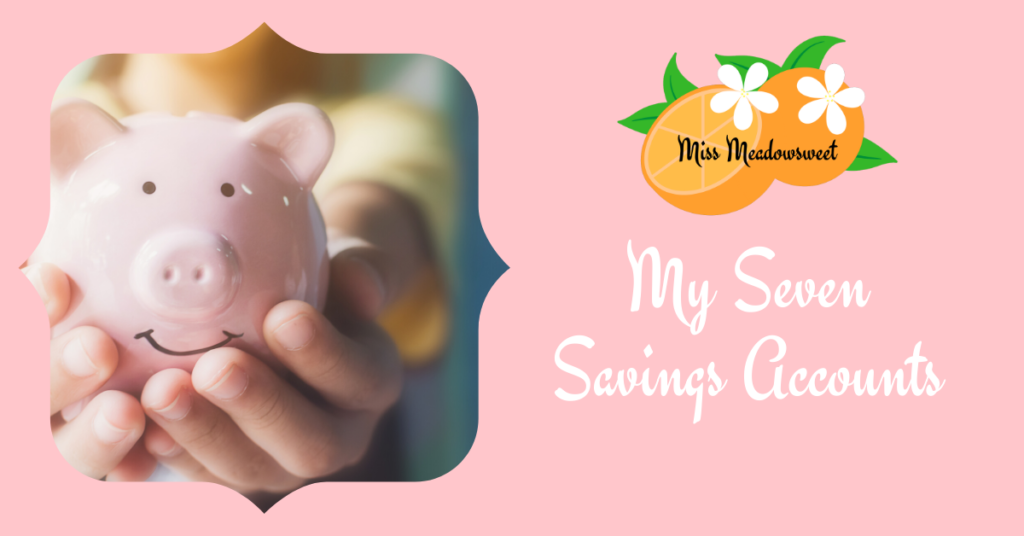
If you follow my Instagram stories, you’ll know I’ve been on a journey toward debt freedom since May of last year (check out my blog post on how I began with a “no spend” month). In that time, I’ve completely paid off my credit card, ramped up my savings, and operate on a paycheck-based budget. In the coming weeks, I’ll be sharing more about this overall journey.
Obviously I haven’t posted in 10 months, but the current coronavirus crisis has put some things into perspective. I had started saving money for an emergency fund last year but didn’t take it seriously at first. Once I finally realized its importance, I had to drain the $1200 I’d saved to cover an outpatient surgery I needed in October. That experience motivated me to pay off my debt even faster, so the emergency savings went on the backburner again. With the help of a second part-time job, I paid off my credit card right before the coronavirus crisis caused my primary employer to close and to be laid off my second part-time job. If this experience has taught me anything, it’s the crucial importance of having money put aside for the unexpected.
That brings me to my seven (yes, SEVEN) savings accounts. Why so many? The answer is simple: it keeps my money goals organized. Before I get into all the accounts I have and the purpose of each one, I want to note a couple of things: 1) The reason I can have seven savings accounts is that I use a credit union that doesn’t charge me to open or maintain each one. Standard banks typically charge you to open a savings account. 2) While all of the accounts are technically “savings” accounts, their purposes are varied. When I say “savings”, I mean that I am putting money away with no deadline to use the money, whereas a “sinking fund” is a savings account where I have a specific timeline or purpose to use the money.
My savings accounts:
- Emergency Fund
- Christmas Fund
- “F.U.” Fund
- Fashionista Fund
- Car Care Fund
- Roth IRA Fund
- House Downpayment Fund
Let’s dive into it!
1.) Emergency Fund — Pretty much any financial advisor or personal finance guru will tell you to have money tucked away for a rainy day, and the recommended amount is typically 3-6 months of expenses. Some will even say that you should have at least enough to cover your annual out-of-pocket maximum if you have health insurance. My goal at the moment is $4,000 but that could change.
2.) Christmas Fund — Ok, so this one is a pretty obvious sinking fund based on the name, right? Last Christmas I felt really conflicted about spending money on gifts. On the one hand, I loved being able to give thoughtful gifts to my friends and family, but on the other hand, each purchase stung because it felt like I was delaying my debt payoff goals. Now, I have a goal of $500 (or $20 from each paycheck) to cover Christmas gifts and not feel bad about it.
3.) “F.U.” Fund — My mom would call this “mad money”; the cash you have tucked away for when you get mad and want to leave a situation. This savings fund is mostly there to help cover my expenses if I ever decide to leave my job without a backup plan (not an emergency), or when it’s time to focus on our small business full time before it can cover all my expenses full time. I started this one because I’ve twice had to quit toxic jobs and didn’t have a safety net.
4.) Fashionista Fund — Since starting my debt-free journey, I’ve had a much harder time spending money on myself, even if its on things I enjoy. This sinking fund is there to pay for dresses, shoes, accessories, or other fashion-related expenses. If I see a dress online or fall in love with a pair of shoes, so long as I have enough money in this fund to cover it, I can buy it. I most recently used this fund to buy three pairs of fancy eyeglass frames! I typically put $20-25 from each paycheck into this account.
5.) Car Care Fund — While still paying off my car loan, I’ve had to shell out a good chunk of money for routine maintenance. New tires, replacement fluids, new brakes, etc. It all adds up fast. And since I’m planning on keeping this car for as long as I can once it’s paid off, taking good care of it is a priority to me. This fund helps me feel secure that I can cover those maintenance and repair costs without having to take on new debt.
6.) Roth IRA Fund — This sinking fund is a short term one. My retirement goals include opening a Roth IRA through the company Vanguard, but they require a $1,000 minimum to open it up. Once I reach that total, I’ll switch this account to a new savings goal.
7.) House Downpayment Fund — This savings fund is obviously for being able to afford a house downpayment. It’s a big picture long-term dream of mine to build a home. For much of my life, I didn’t really believe that dream could be possible. Having an account I actively contribute to not only makes it feel real, but it also helps me stay focused on that vision.
While I don’t believe everyone should have seven savings accounts, I do think everyone should have an emergency fund. With so many people losing their jobs or having their hours drastically cut, the importance of savings is abundantly clear. For a lot of my sinking funds and savings, I can only contribute $20-100 per paycheck, but it all adds up over time. A tiny shovel can move a mountain faster than an excavator left in storage.
I’m still learning a lot about money personal finance, but I can say how incredibly proud I am of my progress in just one year’s time. I’ve never felt more in control and empowered by my financial life. I went from being afraid to even look at my bank account to tracking my net worth and buying index funds each payday.
What do you want to know about my debt freedom journey?


Leave a Reply